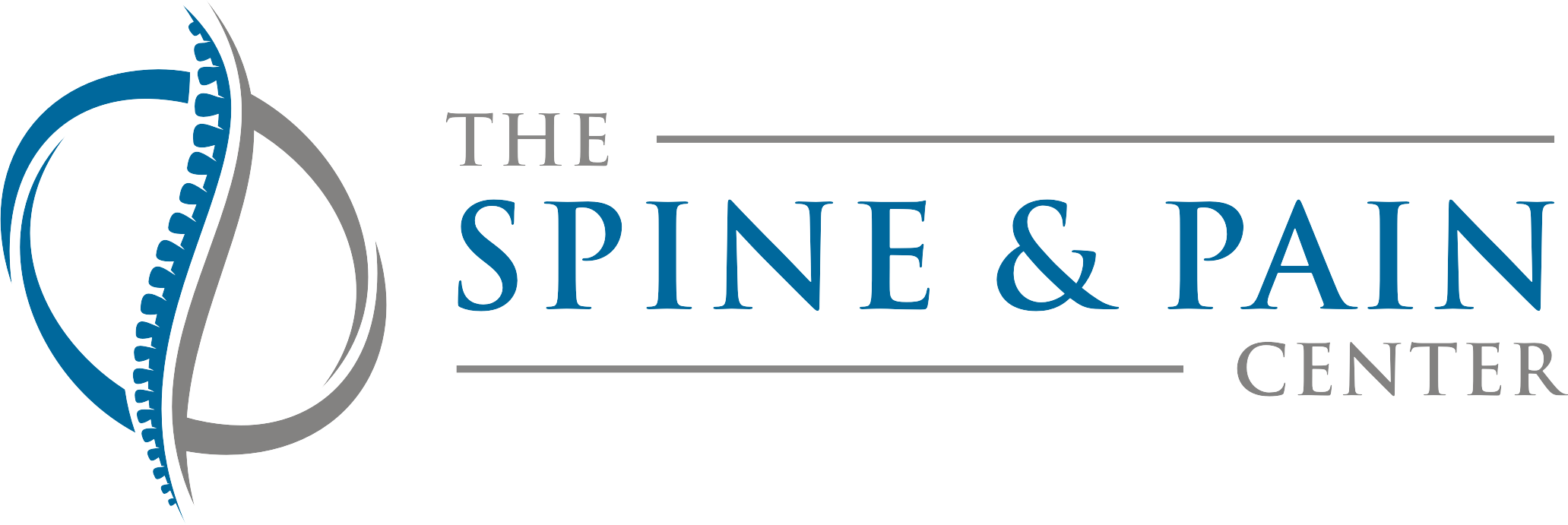Defined
Procedure
Before the radiofrequency ablation procedure at The Spine & Pain Center, we ask patients to fast for a period of time and to only drink clear liquids. This will help reduce the risk of complications during the procedure. A physician will determine which medications should be discontinued prior to the procedure.
An IV will be placed for sedation during the ablation but the patient will be awake and able to communicate with the physician. Once the area is properly cleansed, a fluoroscope is used by the physician to correctly place the needle. As the needle is inserted, an electrode will be placed through the needle and into the body. A heat sensation is sent into the tissue as radiofrequency waves are directed to the electrode. As a result, the nerve tissue is temporarily unable to send pain signals to the brain. When the procedure is complete, the Spine & Pain Center team monitors the patient for a short period of time and then releases the patient to go home the same day.


